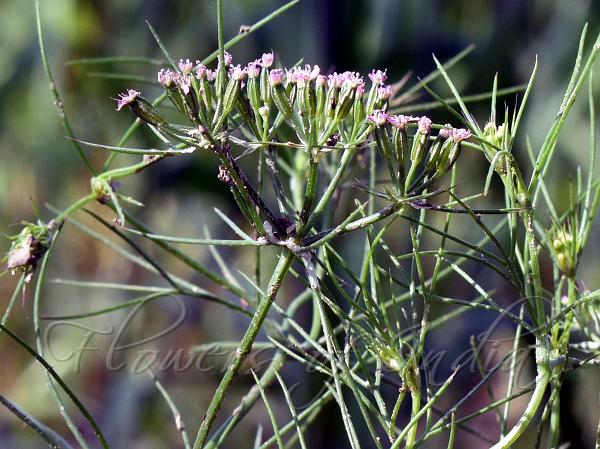|
| Cumin |
|

|

|
|
|
|
Photo: |
Botanical name: Cuminum cyminum Family: Apiaceae (Carrot family)
Synonyms: Cuminum aegyptiacum, Cuminum sativum
Synonyms: Cuminum aegyptiacum, Cuminum sativum
Cumin is an annual herb, growing up to 30-50 cm tall,
with a slender, hairless, branched stem that is 20-30 cm tall and has a
diameter of 3-5 cm. Each branch has two to three sub-branches. All the
branches attain the same height, so the plant has a uniform canopy. The
stem is colored grey or dark green. The leaves are 5-10 cm long,
pinnate or double compound, with thread-like leaflets. The flowers are
small, white or pink, and borne in umbels. Each umbel has five to seven
umbellets. The fruit is a lateral spindle-shaped or ovoid achene 4-5 mm
long, containing two mericarps with a single seed. Cumin seeds have
eight ridges with oil canals. They resemble caraway seeds, being oblong
in shape, longitudinally ridged, and yellow-brown in color, like other
members of the carrot family such as caraway, parsley, and dill. Cumin
seeds are extensively used in cooking the world over. Cumin is native
to Afghanistan, Iran, Iraq , now cultivated worldwide.
| Identification credit: Nidhan Singh, Vishnu Prajapati | Photographed in cultivation. |
• Is this flower misidentified? If yes,